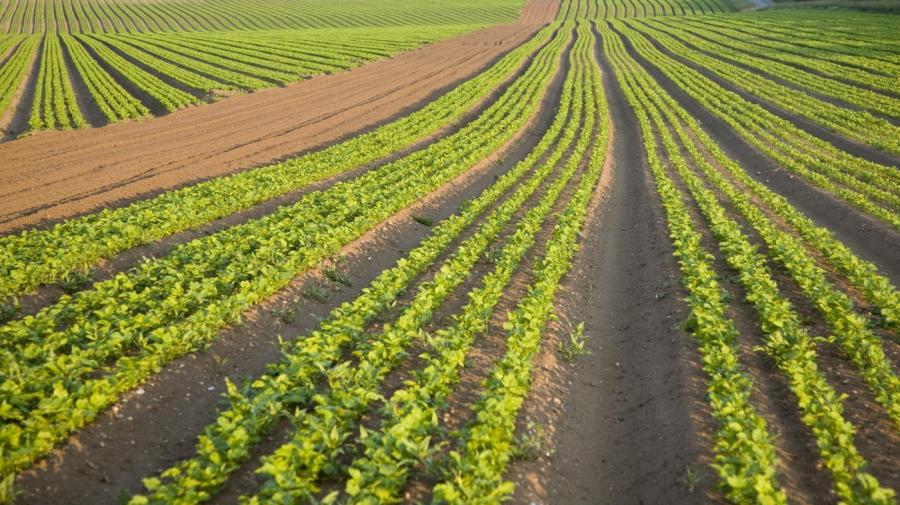What Caused the Agricultural Revolution?

The Agricultural Revolution that took place during the 18th century in Europe was caused by four primary factors, which were the increased availability of and access to farmland, a warm and stable climate for crop production, an increase in number of livestock and a more voluminous crop yield. The Agricultural Revolution that swept through Europe during the 18th and 19th centuries came many years after the first Agricultural Revolution recorded by historians, which took place around 10,000 B.C. While the first revolution introduced a societal change from nomadic lifestyles to stationary farms and villages, the second revolution occurred because of an influx of new technologies that improved farming techniques and made farming more efficient.
During the European Agricultural Revolution, societies continued to live stationary lifestyles, but farming shifted from just sustaining families and communities to providing economic benefits too. The climate around Europe gradually grew warmer during the later part of the 17th century and early years of the 18th century, which in turn allowed for the introduction of new crops, and more of them. Warmer temperatures also brought longer growing seasons, which in turn allowed for production of more crops. Machines replaced human labor, minimizing costs for farmers and expediting production, and crops were grown on larger scales, then harvested and shipped for sale.





